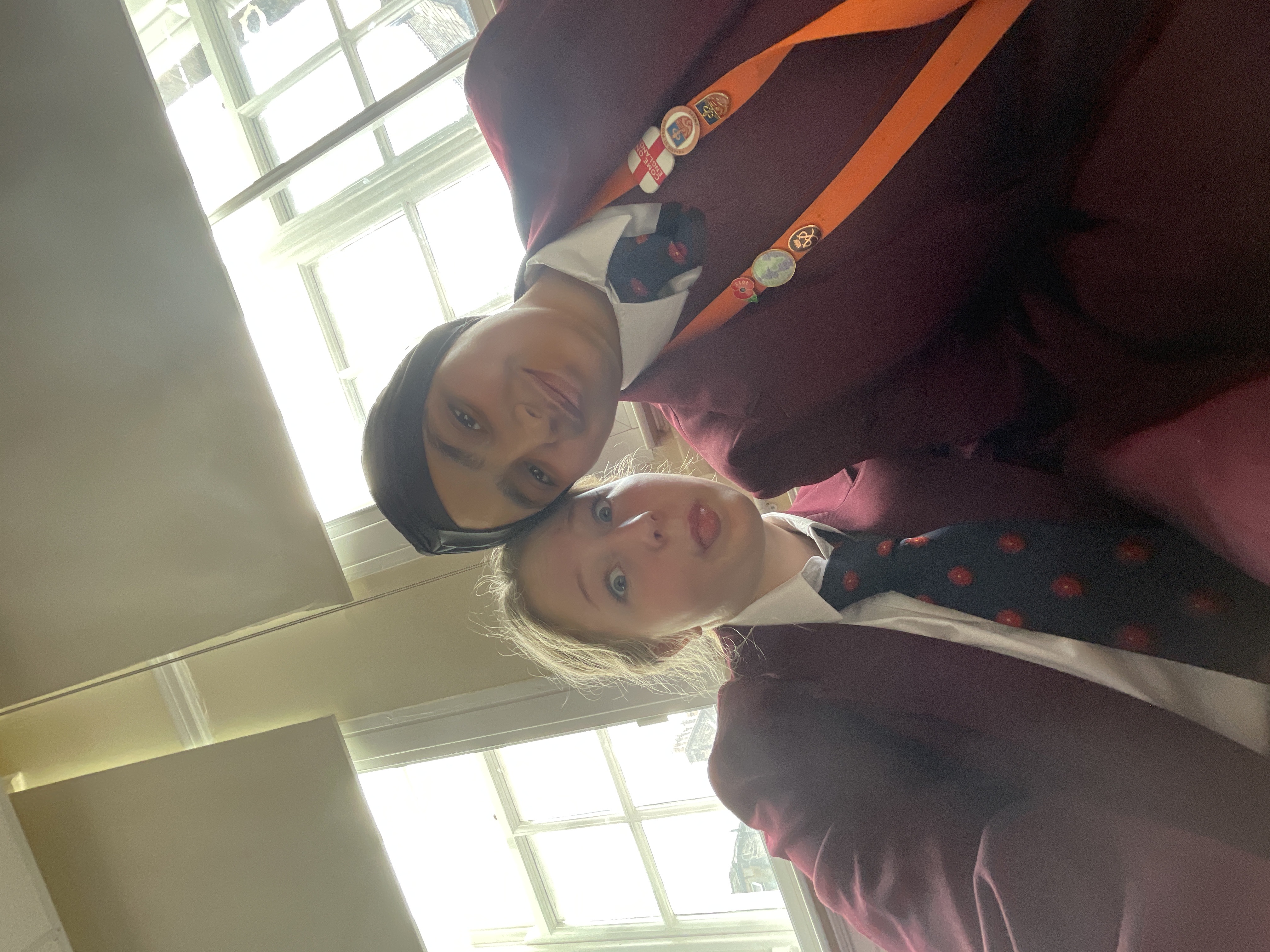war photographer
Cards (60)
- Who is the author of "War Photographer"?
- What does the war photographer contemplate while developing photos?
- In what setting does the poem "War Photographer" begin?
- How is the mood described in the darkroom?
- What locations are mentioned as experiencing conflict?
- What does the photographer feel relieved about?
- What does the photographer remember as his photos come into focus?
- How does the photographer feel about the impact of his photos on the public?
- What does the photographer do while on the aeroplane?
- What does the religious simile in the poem suggest?
- What does the phrase "All flesh is grass" imply?
- How does the photographer's mood change from the conflict scene to England?
- What does the photographer compare himself to in the poem?
- What does the phrase "spools of suffering" suggest?
- What does the use of the word "eyeballs" imply about the readers' reactions?
- How does the photographer feel about the public's response to his work?
- What is the structure of the poem "War Photographer"?
- What does the rigid form of the poem contrast with?
- What does the cyclical structure of the poem suggest?
- How does the photographer's work reflect his emotions?
- What does the photographer's tone convey about his feelings towards the English public?
- What does the juxtaposition of violence and religious imagery imply?
- How does Duffy use sibilance in "spools of suffering"?
- What does the phrase "pick out five or six" suggest about public interest?
- What does the term "foreign dust" signify?
- How does the photographer feel about his solitude?
- What does the asyndetic listing of conflict locations achieve?
- What does the half rhyme between "tears" and "beers" suggest?
- What are the similarities and differences between "War Photographer" and "Charge of the Light Brigade"?
- When was the poem "War Photographer" published?
- What does the phrase "running children in a nightmare heat" reference?
- What does the photographer's anger towards the public reveal?
- How does the photographer's sense of vocation contrast with the public's indifference?
- What does the phrase "he stares impassively" suggest about the photographer's feelings?
- How does the poem's perspective reflect the photographer's feelings?
- What does the use of the accusatory pronoun "they" imply?
- What does the phrase "the only light is red" symbolize?
- What does the phrase "the reader's eyeballs prick with tears" suggest?
- How does the photographer's work serve as a connection between people?
- What does the phrase "solutions slop in trays" imply about the photographer's role?
